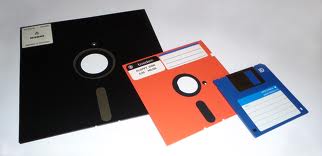Pedro Trebbau Lopez
The COBOL programming language was created in 1959 with the goal of having a universal programming language that could be used on any computer, because in the 1960s there were numerous incompatible models of computer. COBOL was mainly business oriented. COBOL is the acronym of Common Business-Oriented Language.
In creating this language, the CODASYL committee participated. CODASYL was made up by computer manufacturers, users and the Department of Defense of the United States in May 1959. The definition of the language was completed in just over six months, and was approved by the commission in January 1960. The COBOL language was designed and inspired by the Flow-Matic language designed by Grace Hopper and Bob Bemer’s COMTRAN, owned by IBM. Hopper and Bemer were both part of the commission.
With the help of COBOL users, it quickly evolved and was revised in 1961 to 1965 to add new functionality. In 1968 came the first ANSI version of the language, and was later revised in 1974, 1985 and was expanded in 1989 with mathematical functions, giving an end to the current most widely standard used, known as COBOL ANSI and 2002 ANS -2002 COBOL.
There is a version known as COBOL ENTERPRISE released in 1991 and regularly updated, generally used in servers.









